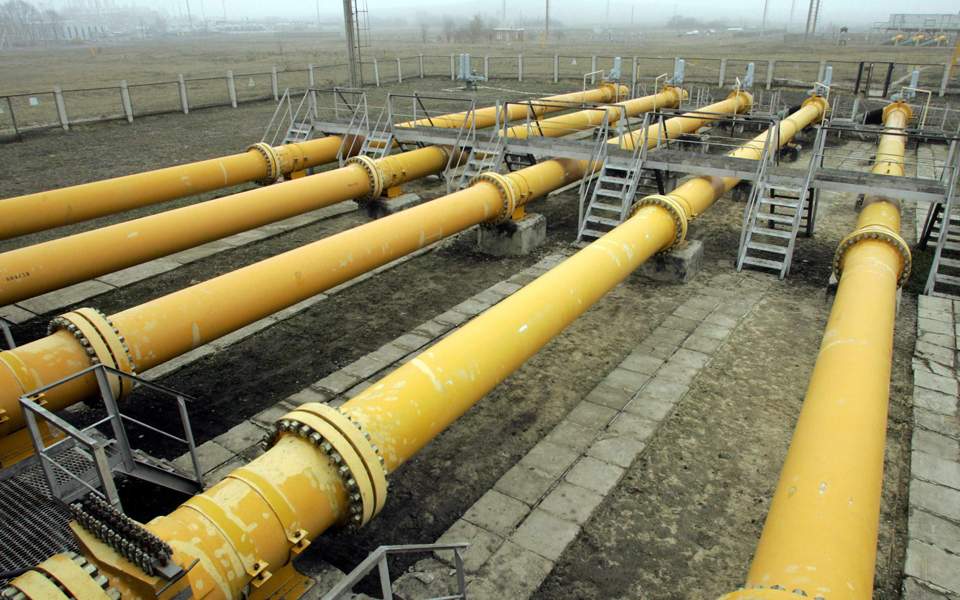Greece is heavily reliant on natural gas

Greece is heavily dependent on natural gas, which continues to support the country’s power production at a growing rate, while the fuel’s share in the area of industrial and domestic consumption is also expanding.
The use of natural gas for power production, according to data from gas grid operator DESFA, expanded 15.21% in the January-September 2021 period from the same period last year, covering 67.4% of local demand, with 35.36 terawatt-hours (TWh) out of a total 52.46 TWh consumed.
In 2020 electricity production absorbed 65% of total domestic demand for natural gas.
The course of demand over the last quarter of the year and the first few months of 2022 will primarily depend on the trajectory of international rates that have already upset the market’s balance by rendering lignite-fired units cheaper in terms of operation than gas-powered ones. That has forced Public Power Corporation to reopen coal mines that had been closed and restart equipment that had been sidelined in the context of delignitization.
In the first nine months of the year household and corporate consumption posted an annual increase of 7.3%, as recorded by the transmission networks, to reach 9.08 TWh, which accounted for almost 17.3% of demand.
Industrial consumption and compressed natural gas (CNG) in the year to end-2021 amounted to 8.01 TWh, posting an increase of 7.37% year-on-year, and accounting for 15.26% of demand.
The 52.46 TWh of total consumption in the year’s first three quarters constitutes a 13.5% expansion from the 46.24 TWh consumed in January-September 2020.
Another interesting element of the DESFA data concerns gas imports, which greatly reflect the deficit in liquefied natural gas (LNG) internationally and the high prices of the fuel.
In contrast to 2020, when demand reached the record level of 63.1 TWh, with LNG covering 46.18% of exports, in the first nine months of this year the gas imports, which came to 57.73 TWh (up from 53.54 TWh in 2020), were 45.19% covered by the Sidirokastro entry point, as Russian gas imports increased by 10.06%.





